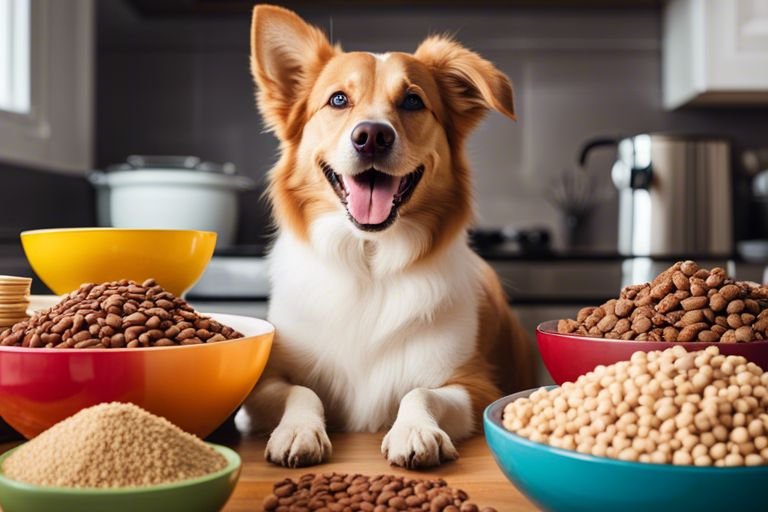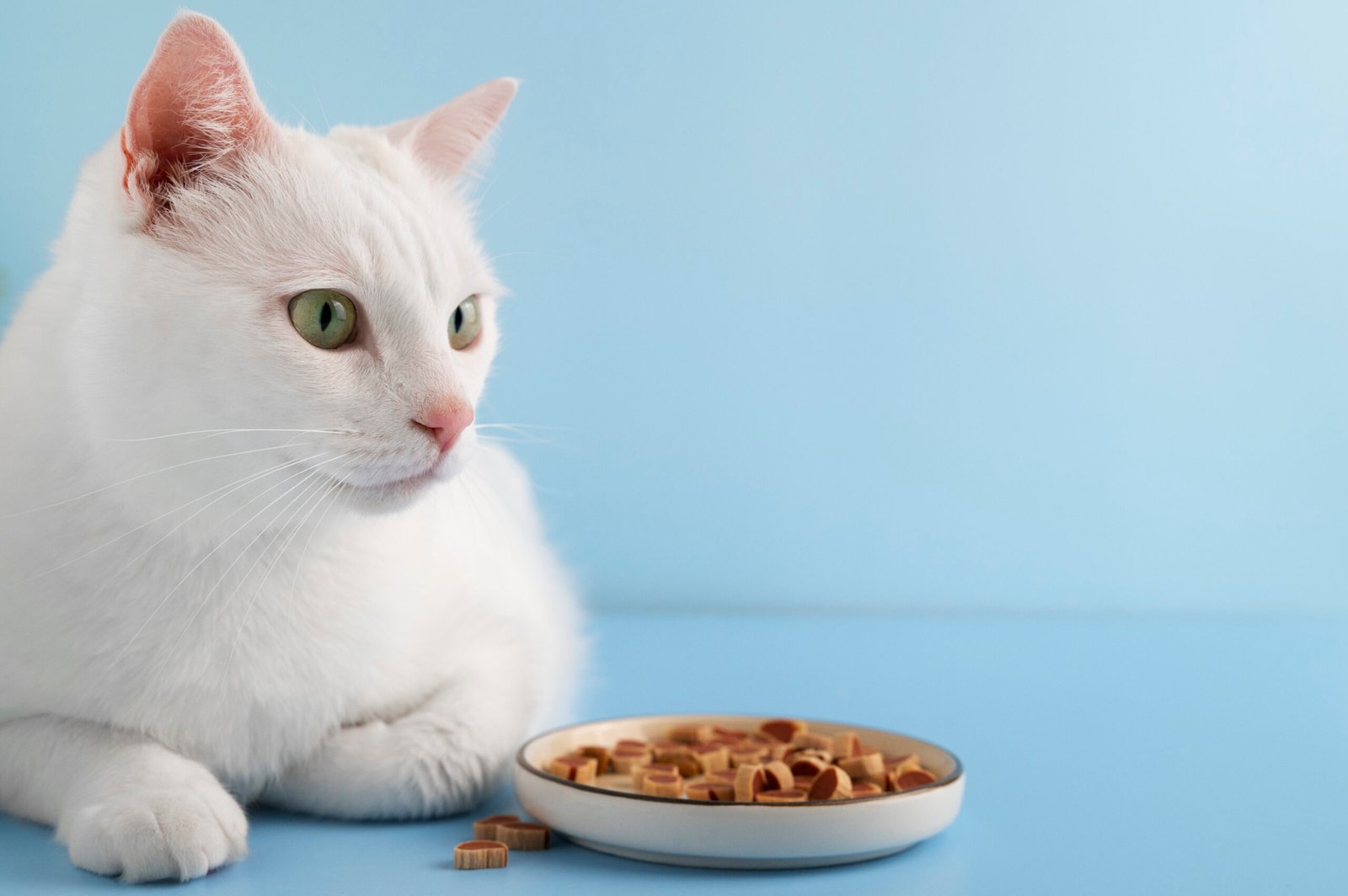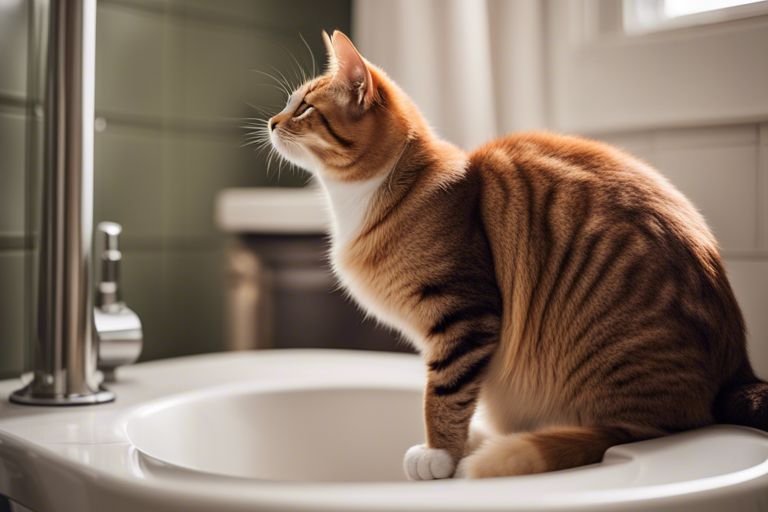Grain Free Cat Food Recipes You Can Make At Home
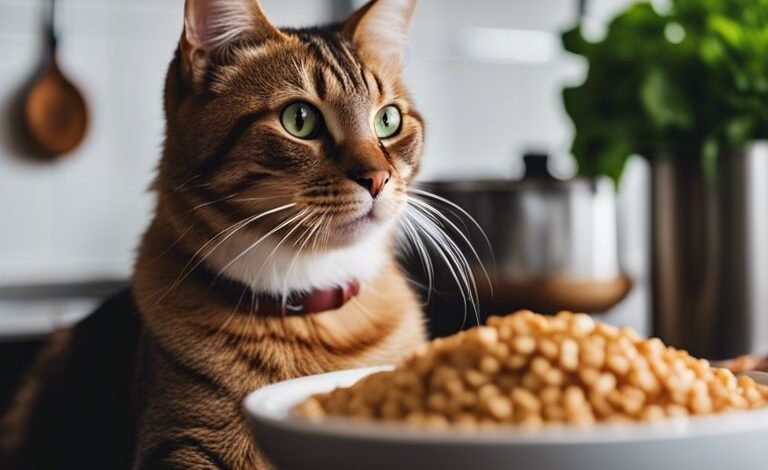
There’s nothing quite like preparing wholesome meals for your feline friend at home. In this article, you will discover a collection of grain free cat food recipes that are not only nutritious but also simple to make. By following these easy steps, you can ensure that your fur baby is getting the best quality ingredients without any unnecessary grains or fillers. Let’s get cooking and show your cat some gourmet love!
Key Takeaways:
- Grain free recipes: Making grain free cat food at home can be beneficial for cats with allergies or sensitivities to grains.
- Protein sources: Include high-quality protein sources like chicken, turkey, or fish in your homemade cat food recipes to support your cat’s muscle health.
- Supplements: Consider adding supplements like taurine, omega-3 fatty acids, and vitamins to ensure your cat’s nutritional needs are met.
- Consult your vet: Before switching your cat to a homemade grain free diet, consult with your vet to ensure it meets all your cat’s nutritional requirements.
- Balance is key: Make sure to balance the protein, fat, and carbohydrate content in your cat’s homemade grain free food to keep them healthy and happy.
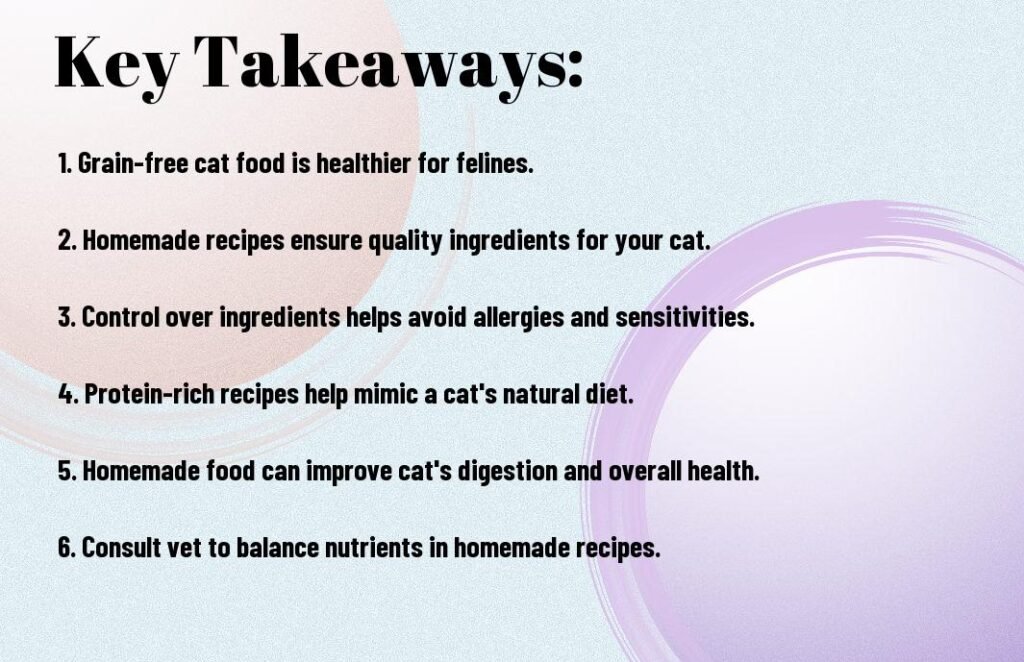
Benefits of Grain Free Cat Food
Improved Digestion
Your cat’s digestion can greatly benefit from a grain free diet. Cats are obligate carnivores, meaning their digestive systems are designed to process meat efficiently. Grains like wheat, corn, and soy are not natural to a cat’s diet and can be challenging for their digestive system to break down. By feeding your cat a grain free diet, you can help improve their digestion, leading to better nutrient absorption and overall health.
Reduced Allergy Symptoms
On a grain free diet, many cats experience reduced allergy symptoms. Grain allergies are common in cats and can manifest in various ways, including skin irritation, itching, and gastrointestinal issues. By eliminating grains from your cat’s diet, you may see a significant improvement in their allergy symptoms, leading to a happier and healthier feline companion.
Grain free cat food recipes can be particularly beneficial for cats with food sensitivities or allergies. By removing potential allergens like grains from their diet, you can help alleviate your cat’s discomfort and promote a shiny coat and healthy skin.
Increased Energy
An added benefit of grain free cat food is the potential for increased energy levels in your feline friend. Without the energy dips that can accompany diets high in grains, your cat may experience more sustained energy throughout the day. This can lead to a more active and playful cat, bringing joy and entertainment to both you and your furry companion.
Benefits such as increased energy in your cat can be particularly noticeable in older or less active cats. By providing a nutrient-dense, grain free diet, you can support your cat’s overall vitality and well-being, helping them thrive at any age.
Essential Ingredients for Grain Free Cat Food
There’s a wealth of information available on high-quality ingredients for homemade cat food recipes. For a comprehensive guide on imperative ingredients and cooking tips, check out Ingredients and Cooking Tips for Natural Cat Food Recipes. In terms of crafting grain free cat food at home, your feline friend will benefit from a combination of key elements in their diet.
Protein Sources: Meat, Fish, and Poultry
Ingredients rich in protein are imperative for your cat’s health. Consider incorporating a variety of lean meats such as chicken, turkey, into your cat’s diet. Fish like salmon and tuna can provide important omega-3 fatty acids, while poultry options like duck or quail offer different flavors and nutrients. When sourcing protein for your homemade cat food, opt for high-quality, fresh ingredients to ensure your pet receives the best nutrition.
Ingredients rich in protein are imperative for your cat’s health. Consider incorporating a variety of lean meats such as chicken, turkey, into your cat’s diet. Fish like salmon and tuna can provide important omega-3 fatty acids, while poultry options like duck or quail offer different flavors and nutrients. When sourcing protein for your homemade cat food, opt for high-quality, fresh ingredients to ensure your pet receives the best nutrition.
Healthy Fats: Oils and Fatty Acids
Fish oils, such as salmon oil or sardine oil, are excellent choices to include in your cat’s grain free diet. These oils are rich in omega-3 fatty acids, which can help support your cat’s skin and coat health, as well as cognitive function.
In addition to fish oils, you can also incorporate other healthy fats like coconut oil or flaxseed oil for added benefits. Ensuring your cat’s diet includes a balance of healthy fats is crucial for their overall well-being. To create a well-rounded homemade cat food recipe, it’s important to incorporate a variety of nutrient-dense vegetables and fruits. These ingredients can provide imperative vitamins, minerals, and fiber to support your cat’s digestion and overall health.
Vegetables like carrots, peas, and sweet potatoes offer a mix of nutrients, while fruits such as blueberries or cranberries can add antioxidants to the mix. When preparing these ingredients for your cat’s food, be sure to chop or puree them to a suitable consistency for your cat to consume easily.
Vegetables and Fruits for Added Nutrition
Protein should be the primary focus of your cat’s diet, but vegetables and fruits can complement their meals and provide additional nutrients. Leafy greens like spinach or kale can offer vitamins A and K, while fruits like apples or bananas can add a touch of sweetness along with beneficial fiber. By incorporating a colorful array of vegetables and fruits into your cat’s diet, you can enhance the nutritional profile of their homemade food and appeal to their taste buds.
Plus, remember to consult with your veterinarian or a pet nutritionist to ensure that the ingredients you choose are safe and appropriate for your cat’s individual dietary needs. With the right balance of protein sources, healthy fats, and nutrient-rich vegetables and fruits, you can create delicious and nutritious grain free meals for your feline companion.
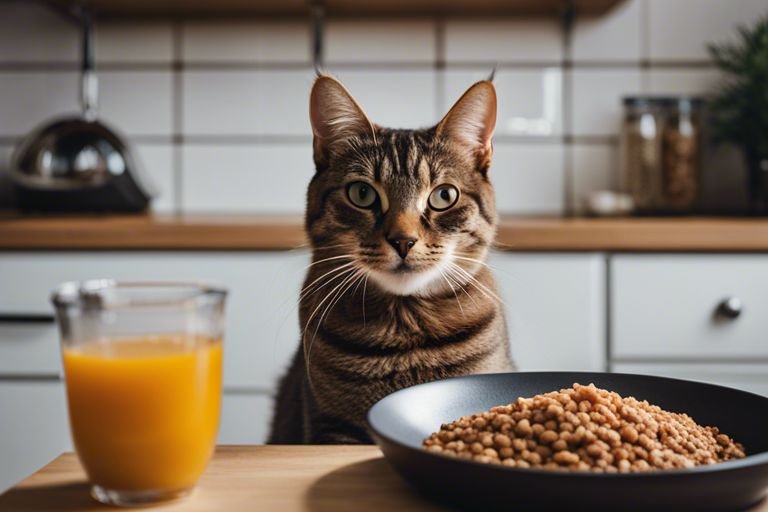
Simple Grain Free Cat Food Recipes
Despite the convenience of store-bought cat food, making your own grain free cat food can be a rewarding experience. Not only do you have control over the ingredients, but you can also tailor the recipes to suit your feline friend’s preferences and dietary needs. Let’s probe a few simple and wholesome grain free cat food recipes that you can easily whip up in your own kitchen.
Recipe 1: Whisker Whip (Chicken and Sweet Potato)
Whip up a batch of Whisker Whip for your fur baby using this delicious recipe that combines the protein-rich goodness of chicken with the natural sweetness of sweet potatoes. Your cat will love the flavors and you’ll love knowing exactly what’s in their food.
Recipe 2: Purr-fect Patties (Salmon and Green Beans)
GrainFree Purr-fect Patties are a fantastic option for a balanced meal that’s rich in omega-3 fatty acids from salmon and packed with fiber from green beans. These patties are not only nutritious but also easy to make in advance and store for later meals.
For a fun twist, you can shape the patties into small fish shapes with a cookie cutter before baking. Your cat will appreciate the extra effort you put into making their meal special!
Recipe 3: Meow-mosa Meatballs
The next time you’re in the kitchen, why not try your hand at making The Meow-mosa Meatballs? These tasty meatballs blend the rich flavor of meat with the natural sweetness of carrots, providing your cat with a nutrient-dense and flavorful meal.
It’s important to note that these meatballs can be easily customized based on your cat’s dietary needs. Feel free to experiment with different protein sources and vegetables to create a variety of meals that your cat will enjoy.
Advanced Grain Free Cat Food Recipes
Not every cat food recipe needs to be basic. For those looking to explore more advanced options, here are some recipes that will delight your feline friend:
- Recipe 4: Feline Fusion (Turkey, Pumpkin, and Kale)
The Feline Fusion recipe combines the lean protein of turkey with the fiber-rich pumpkin and nutrient-packed kale to create a well-rounded meal your cat will adore.Ingredients Instructions Turkey Cook turkey thoroughly Pumpkin Add cooked pumpkin Kale Mix in kale for added nutrients - Recipe 5: Kitty’s Delight (Duck, Peas, and Apples)
Any feline will be delighted by the unique combination of flavors found in Kitty’s Delight. Duck provides a rich source of protein while the sweetness of peas and apples adds a flavorful touch.Ingredients Instructions Duck Cook duck until tender Peas Steam peas Apples Combine finely chopped apples
Fusion of flavors, such as the combination of duck, peas, and apples, can create a well-balanced meal that satisfies your cat’s taste buds and nutritional needs.
Recipe 6: Whisker Wizard (Lamb, Quinoa, and Broccoli)
An adventurous recipe like Whisker Wizard combines the savory taste of lamb with the protein-packed quinoa and the crunch of broccoli to offer your cat a gourmet dining experience.
Peas can be added to Recipe 6 as an optional ingredient to enhance the nutritional value and add a burst of flavor to the dish.
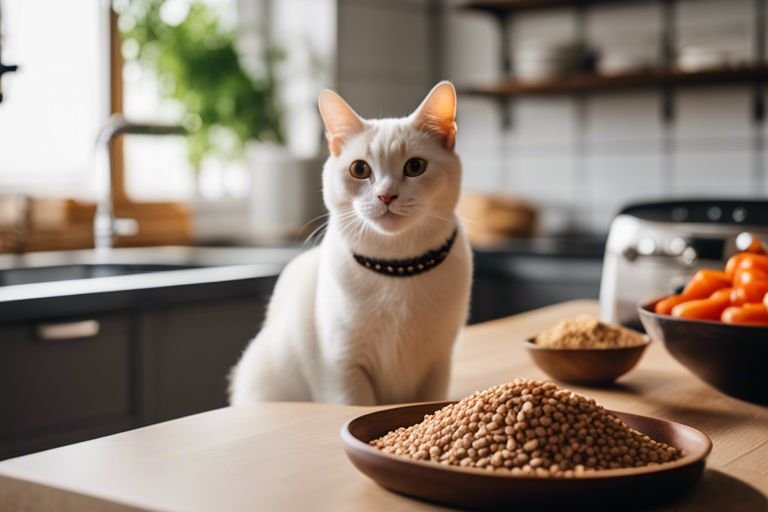
Tips for Preparing and Storing Grain Free Cat Food
Many pet owners today are opting to prepare grain free cat food at home to ensure the quality and ingredients going into their furry friend’s diet. Here are some crucial tips to help you prepare and store your homemade grain free cat food successfully:
Food Safety Guidelines
Grain Free cat food is more prone to bacterial contamination due to the lack of preservatives found in commercial cat foods. To ensure your cat’s food is safe to eat, follow these food safety guidelines:
- Use fresh, high-quality ingredients and ensure all meat is properly cooked before serving.
- Store homemade cat food in airtight containers in the refrigerator and discard any leftovers after 3-4 days.
- Wash your hands and all utensils thoroughly before and after handling raw meat to prevent cross-contamination.
Knowing these guidelines will help keep your cat healthy and safe from foodborne illnesses.
Portion Control and Meal Planning
Portion control is crucial when it comes to your cat’s diet. Overfeeding can lead to obesity and other health issues, while underfeeding can result in malnutrition. By planning your cat’s meals ahead of time and portioning them out accordingly, you can ensure they are getting the right balance of nutrients they need. Understanding your cat’s daily caloric needs and dividing their meals into appropriate portions will help you maintain their ideal weight and overall health.
Food Freezing and Thawing Homemade Cat Food When preparing homemade cat food in large batches, freezing the excess portions can be a convenient way to ensure your cat always has fresh food available. To freeze and thaw homemade cat food properly: Store the food in portioned containers or freezer-safe bags to make thawing easier. Thaw the food in the refrigerator overnight or gently heat it in the microwave, ensuring it is at room temperature before serving. Storing Storing your homemade grain free cat food properly is crucial to maintain its freshness and quality.
Store unused portions in the refrigerator for up to 3-4 days, or freeze them for longer shelf life. Be sure to label each container with the date of preparation to keep track of freshness. By following these tips, you can ensure your cat’s homemade grain free food is safe, nutritious, and delicious for them to enjoy.
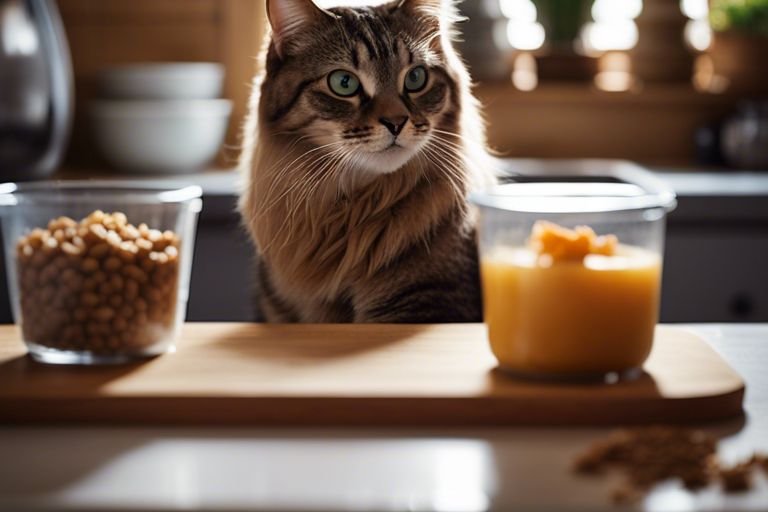
Common Mistakes to Avoid When Making Grain Free Cat Food
Insufficient Nutrient Balance
With homemade grain free cat food, it’s crucial to ensure a proper balance of nutrients for your feline friend. Cats have specific dietary needs that must be met to maintain optimal health. One common mistake is not providing enough important nutrients such as taurine, which is vital for heart health and vision.
Inadequate Food Handling and Storage
One important aspect of making grain free cat food at home is proper food handling and storage. Ensuring that ingredients are fresh and safely prepared is key to preventing contamination and spoilage. Store your homemade cat food in airtight containers in the refrigerator and use it within a few days to maintain its freshness and nutritional value.
Another vital consideration is to keep your cat’s feeding area clean and sanitized to prevent any potential foodborne illnesses. Wash your hands thoroughly before and after preparing your cat’s meals to maintain good hygiene standards.
Ignoring Your Cat's Individual Needs
Grain free cat diets are not one-size-fits-all, and it’s important to consider your cat’s individual needs when making homemade food. Some cats may have sensitivities or allergies to certain ingredients, so pay attention to how your cat responds to different foods. Grain Free cat food recipes may need to be customized based on your cat’s preferences and dietary requirements.
Common signs that your cat may not be thriving on their current diet include digestive issues, skin problems, or changes in their energy levels. Consult with your veterinarian to create a tailored grain free diet that meets your cat’s specific needs and promotes their overall well-being.
Final Words
Conclusively, with just a little effort and some love, you can easily create delicious and nutritious grain free meals for your feline friend right in your own kitchen. By following these simple recipes and guidelines, you can ensure that your cat is getting the best possible nutrition without any unnecessary fillers or allergens. So roll up your sleeves, put on your apron, and let’s get cooking for your beloved cat!
FAQ
Q: Why should I make grain free cat food at home?
A: Making grain free cat food at home allows you to control the quality of ingredients, ensuring your cat receives a natural and balanced diet free from fillers and unnecessary additives.
Q: What are some common ingredients in grain free cat food recipes?
A: Common ingredients in grain free cat food recipes include high-quality proteins like chicken, turkey, or fish, vegetables such as sweet potatoes or peas, and vital vitamins and minerals.
Q: Are there any benefits to feeding my cat a grain free diet?
A: Some cats may benefit from a grain-free diet due to food sensitivities or allergies to grains. Grain-free diets can also help support overall health and digestion in cats.
Q: How can I ensure my homemade grain free cat food is nutritionally balanced?
A: To ensure your homemade grain free cat food is nutritionally balanced, consult with a veterinarian or feline nutritionist for guidance on ingredient selection and portion sizes to meet your cat’s specific dietary needs.
Q: Can I make large batches of grain free cat food and freeze it for future use?
A: Yes, you can make large batches of grain free cat food and freeze portions for future use. Be sure to properly store the food in airtight containers or freezer bags and thaw before serving to your cat.
